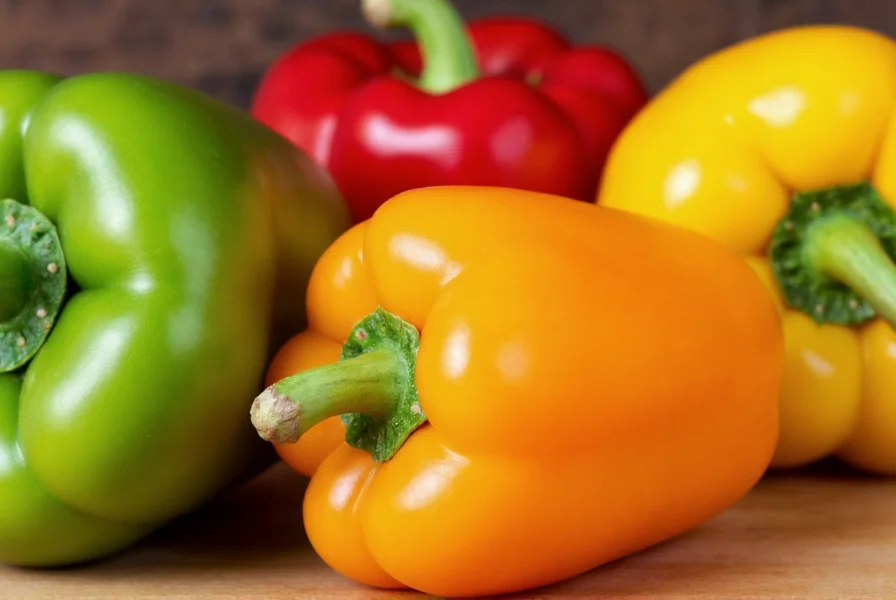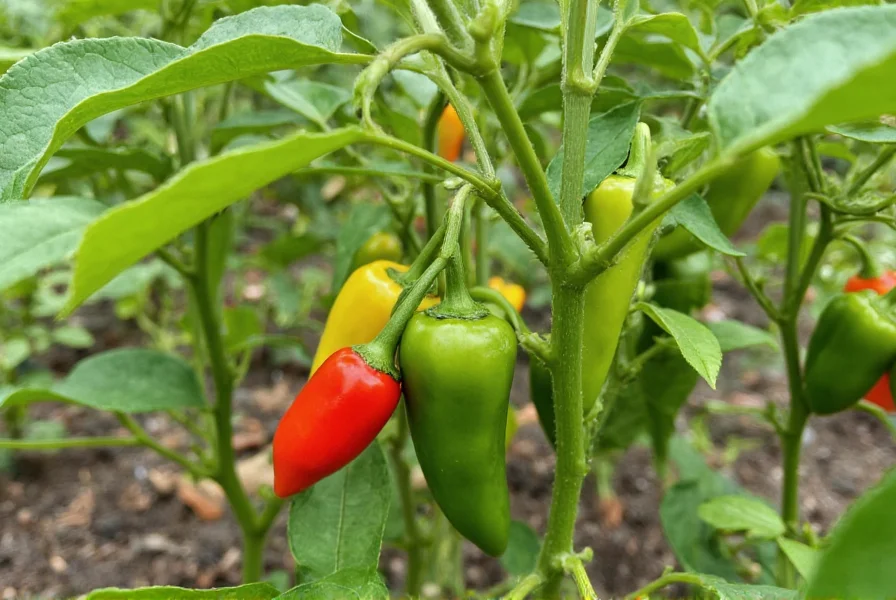What Exactly Is Pepper 0?
When discussing "Pepper 0," we're referring specifically to bell pepper varieties that contain no measurable capsaicin, resulting in a zero rating on the Scoville Heat Unit scale. Unlike their spicy relatives in the Capsicum family, these sweet peppers offer pure flavor without any heat. Botanically classified as Capsicum annuum, Pepper 0 varieties represent the complete absence of pungency that characterizes other pepper types.

The Science Behind the Zero Rating
The Scoville scale measures capsaicin concentration, with pure capsaicin registering at 16 million SHU (Scoville Heat Units). Pepper 0 varieties contain no detectable capsaicin, hence their zero rating. This absence occurs due to a recessive gene that prevents capsaicin production in the placental tissue where heat compounds typically develop in other peppers.
Understanding pepper heat levels helps clarify why Pepper 0 stands apart. While jalapeños range from 2,500-8,000 SHU and habaneros reach 100,000-350,000 SHU, bell peppers consistently register at 0 SHU across all color varieties. This makes them ideal for children, spice-sensitive individuals, and culinary applications requiring pure pepper flavor without heat.
| Pepper Variety | Scoville Heat Units | Pepper 0 Comparison |
|---|---|---|
| Bell Peppers (Pepper 0) | 0 SHU | Reference standard |
| Pepperoncini | 100-500 SHU | 100-500x hotter |
| Jalapeño | 2,500-8,000 SHU | 2,500-8,000x hotter |
| Habanero | 100,000-350,000 SHU | 100,000-350,000x hotter |
Culinary Applications of Zero-Heat Peppers
Chefs and home cooks value Pepper 0 varieties for their versatility in recipes where spice would be undesirable. The different color stages represent varying maturity levels rather than different varieties:
- Green bell peppers - harvested early, with a slightly bitter, grassy flavor profile
- Yellow bell peppers - mid-ripening stage, offering sweeter notes
- Orange bell peppers - further ripened, with increased sugar content
- Red bell peppers - fully matured, providing the sweetest flavor and highest nutrient content
Professional kitchens frequently use Pepper 0 varieties in stuffed pepper recipes, fajitas, stir-fries, and salads where consistent flavor without heat is essential. The complete absence of capsaicin makes them ideal for dishes served to children or individuals with sensitive digestive systems.
Nutritional Profile of Non-Spicy Peppers
Despite their lack of heat, Pepper 0 varieties offer impressive nutritional benefits. Red bell peppers contain nearly 9 times more beta-carotene and 1.5 times more vitamin C than their green counterparts. All color varieties provide significant amounts of:
- Vitamin C (169% of daily value per medium pepper)
- Vitamin A (excellent source in red varieties)
- Vitamin B6
- Dietary fiber
- Antioxidants like lutein and zeaxanthin
Research shows that the ripening process increases sugar content while boosting certain nutrients. Fully ripened red Pepper 0 varieties contain up to 11 times more beta-carotene than green peppers, making them particularly valuable for eye health.
Growing Pepper 0 Varieties
Gardeners seeking completely non-spicy peppers should look for specific bell pepper cultivars known for reliable zero-heat performance. Popular Pepper 0 varieties include:
- Allamanda Hybrid
- Lipstick
- California Wonder
- Red Knight
- Yolo Wonder
These varieties require 65-85 days to reach maturity and prefer warm temperatures between 70-85°F (21-29°C). Unlike hot pepper varieties, Pepper 0 plants don't develop capsaicin even under stressful growing conditions, making them reliably non-spicy regardless of environmental factors.

Common Misconceptions About Zero-Heat Peppers
Several myths persist about Pepper 0 varieties that deserve clarification:
- Myth: Green bell peppers are a different species than red/yellow/orange varieties
Fact: They're the same plant at different ripeness stages - Myth: Bell peppers can become spicy if grown under certain conditions
Fact: True bell pepper varieties lack the genetic capability to produce capsaicin - Myth: All non-spicy peppers are bell peppers
Fact: Some sweet pepper varieties like cubanelles and banana peppers have mild heat (0-500 SHU)
Pepper 0 in Commercial Food Production
The food industry relies heavily on Pepper 0 varieties for products requiring consistent flavor without heat variability. Commercial applications include:
- Jalapeño poppers using bell peppers instead of actual jalapeños for mild versions
- Pre-cut vegetable trays for restaurants and grocery stores
- Processed foods like pizza toppings and frozen meals
- Baby food formulations where spice is completely unacceptable
Food manufacturers specifically seek out certified zero-heat pepper varieties to ensure product consistency. Quality control processes often include Scoville testing to verify the complete absence of capsaicin in products marketed as non-spicy.











 浙公网安备
33010002000092号
浙公网安备
33010002000092号 浙B2-20120091-4
浙B2-20120091-4